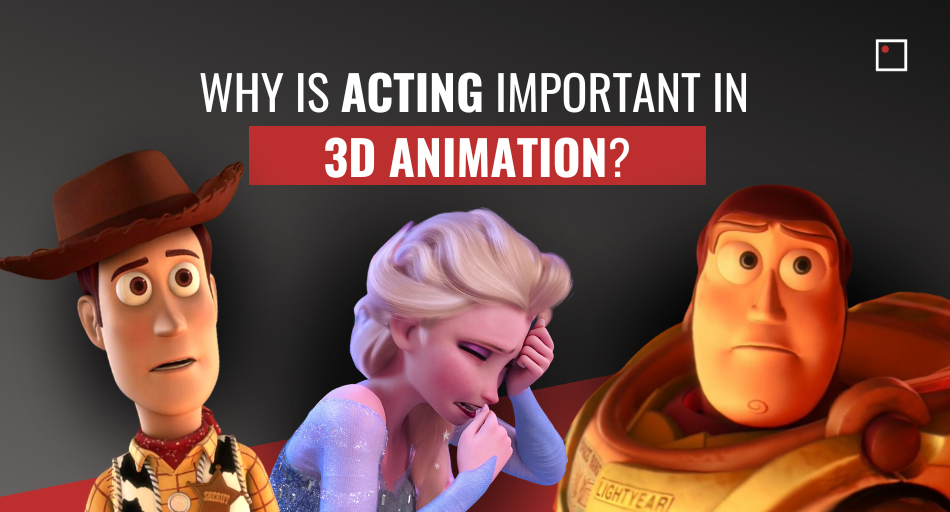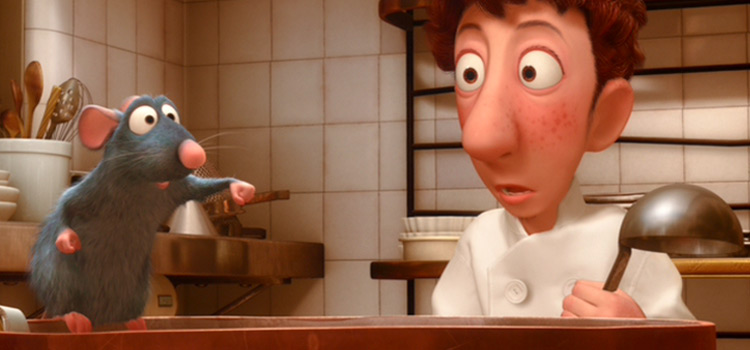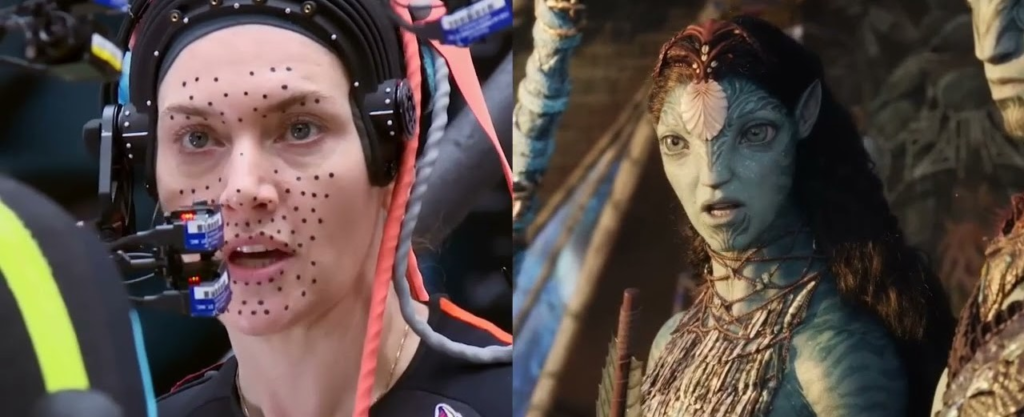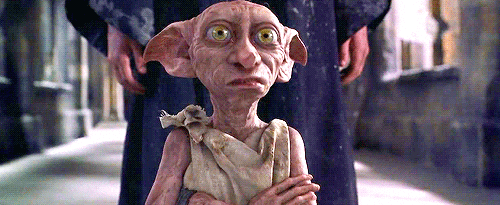Why Is Acting Important In 3D Animation?
Through an understanding of acting techniques, you’ll be able to level-up your 3D animations with lifelike details that add nuanced layers of believability!
Why is acting important in 3D animation? When it comes to giving life to an animated character, no technology can replace the impact of human emotion. Understanding how to use acting is one of the most crucial parts to creating realistic and engaging 3D animation. Just as how a stage actor tells a story through artful expression, an animator also needs to convey emotion through their animations. From small movements of facial expressions, down to character mannerisms and body language, all are important to creating believable characters.
In this blog post, we’ll explore the importance of acting in 3D animation and why it’s essential to be able to identify good acting from bad acting. We’ll also go over various tools that can help you incorporate compelling performances into your work, all while having fun along the way!
WHY IS ACTING IMPORTANT IN 3D ANIMATION?
Unlocking the true potential of a character is an art that demands an understanding of good acting. As a creator, knowing the elements of good acting allows you to breathe life into your characters, making them believable and human. Being well-versed in the craft of acting enables you to translate emotions, mannerisms, and motivations to their animated presence. Moreover, good acting in 3D animation serves as the bridge that connects the audience to the digital character.
Delving into the world of theater or film can provide insights into portraying a character authentically. When it comes to 3D animation, examining traditional forms of acting can teach valuable lessons on vulnerability, charisma, and commitment. By mastering these lessons your characters will leap off of the screen! They’ll forge an emotional connection with your audience, creating a lasting impact.
WHAT MAKES A GOOD ACTOR FOR 3D ANIMATION?
As we delve into 3D animation, it becomes vital to understand the foundations of good and bad acting, and what contributes to the making of a remarkable animated character. Inherently, a good actor for 3D animation possesses exceptional technical skills, including voice modulation, facial expressions, and body movements. When used correctly, these skills can help breathe life into characters and create an immersive experience.
Alongside technical prowess, a keen sense of adaptability and creativity also sets exceptional 3D actors apart. They effortlessly transform into diverse personalities, while also having to imagine the virtual environment of their character. These actors embrace the unique challenges of the 3D realm, inspiring them to push beyond their limits as traditional actors.
HOW TO SPOT BAD ACTING IN 3D ANIMATION
As an aspiring 3D animator, it’s crucial to recognize bad acting and strive for a higher level of authenticity. An excellent place to start is studying body language and facial expressions. Pay attention to the subtleties in timing, rhythm, and pacing that bring characters to life. Keep in mind that every gesture or posture holds significance and contributes to the storytelling process.
Evaluate your animations by scrutinizing them from different angles and making changes accordingly. Seek feedback from peers and professionals to develop a keen eye for performance. Remember, a compelling animation relies heavily on engaging performances. Therefore, animators should make it a mission to master the art of spotting and eliminating poor acting from projects.
CREATE REALISTIC MOVEMENTS, EXPRESSION AND EMOTION
As a 3D animator, capturing realistic movements and expressions can truly elevate the level of emotional connection with your audience. The first step is studying real-life gestures and facial expressions. This will help you truly understand how muscles contract and which combinations produce what emotions. You must also pay close attention to the subtle yet powerful non-verbal cues such as posture, eye movement, and body language.
Weight and physics play a significant role in achieving lifelike movement. You need to master the concept of anticipation, timing, and overlapping action for fluid and dynamic animations. Additionally, leveraging software tools such as rigging, blend shapes, and motion capture technology can further enhance your characters’ realism. Remember, the more attuned you are to the details of human behavior, the better your animations will resonate with viewers. Without a doubt, this will result in a captivating and unforgettable experience for your audience.
EXAMPLES OF GOOD VS. BAD ACTING IN POPULAR ANIMATED FILMS
Delving into 3D animation offers a colorful lens through which to examine the impact of good versus bad acting. Acting performances in this medium, despite being manifested through digital creations, can transcend the barrier between virtual and real worlds!
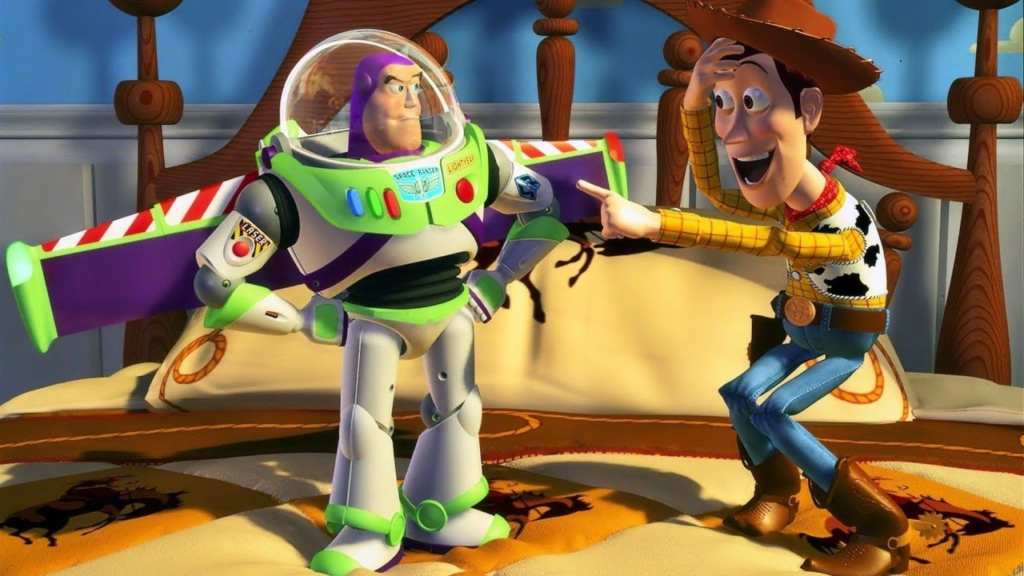
A popular example of remarkable acting in animation is found in “Toy Story 3,” where Tom Hanks and Tim Allen seamlessly bring life and emotional depth to their characters, Woody and Buzz Lightyear, taking audiences on an unforgettable adventure. by comparison, poor acting is exemplified in “Hoodwinked Too! Hood vs. Evil,” featuring a rather lackluster ensemble that failed to deliver the charisma and engagement that viewers crave.
Two other iconic animated characters in popular culture demonstrate this distinction – Elsa from Disney’s Frozen and Princess Fiona from DreamWorks’ Shrek. Idina Menzel’s mesmerizing portrayal of Elsa compliments her complex character. On top of this, her performance also captivates the audience with emotional depth and vulnerability. In contrast, while Cameron Diaz’s Princess Fiona could be seen as entertaining, the character’s emotional arc falls short of resonating with the audience on a deeper level.
Knowing the principles of recognizing good actors from bad ones is instrumental in creating characters that are realistic and emotionally-driven. Doing your research and studying popular films for examples of emotion and movement are also great ways to ensure that you can create immersive, animated characters in your own work.
Interested in making 3D animation your career? Learn 3D animation in Vancouver and develop the tools, training and practice to jumpstart your career in 3D animation!
Related Articles:
3D Animation Program – InFocus Film School
Bring Your 3D Character To Life In 5 Simple Steps
The History of 3D Animation: A Deep Dive
What Is The Difference Between 2D And 3D Animation?
3D Animation Training For Beginners
TALK TO A PROGRAM ADVISOR
By submitting this form you are agreeing to be contacted by InFocus Film School. We will never sell or distribute your information, and you may opt-out of receiving emails from us at any time. Read our Privacy Policy here.

